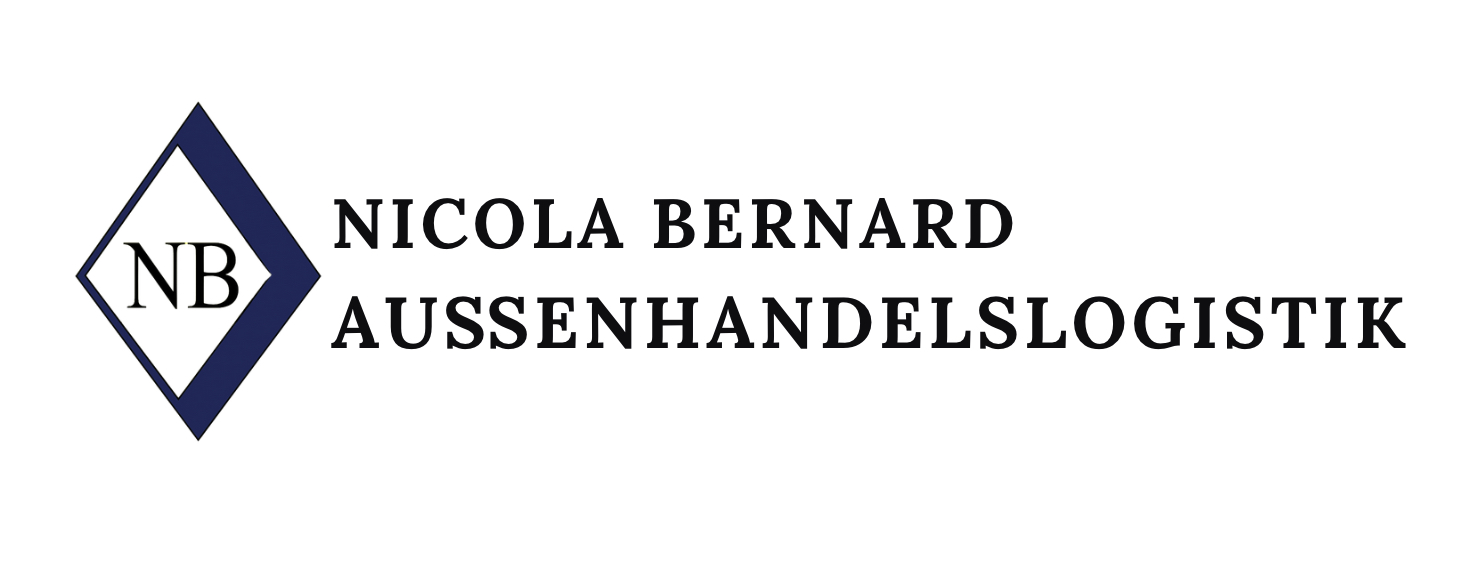The public sector of the EU member states should become more digital. How this goal is to be achieved has now been formulated by the EU Commission in the “Interoperable Europe Act”. The draft law was presented on November 21, 2022.
What does the “Interoperable Europe Act” include?
Four pillars are described in the draft law in order to strengthen the interoperability of the EU member states and the European institutions. This includes, among other things, the establishment of a board to develop a strategic agenda for cross-border cooperation between authorities.
Opportunities for trade
A closer networking between the administrative institutions of the individual EU member states is particularly reflected in the areas of customs, taxation and transport. The provision of data can lead to enormous cost savings for companies and authorities.
Overall, the EU internal market will be strengthened and the quality of public services improved.
The draft law does not describe in detail what exactly the cooperation between the customs authorities in the EU will look like. We will keep you informed about this.
Source: European Commission (English)





